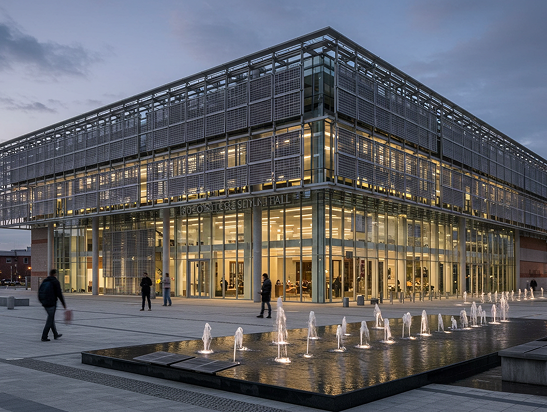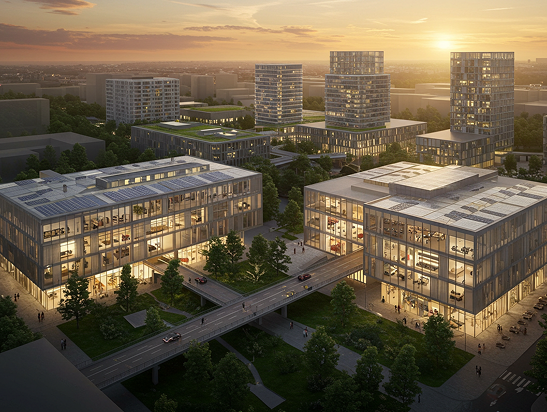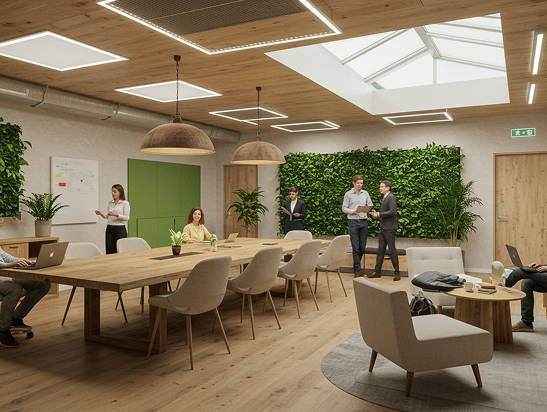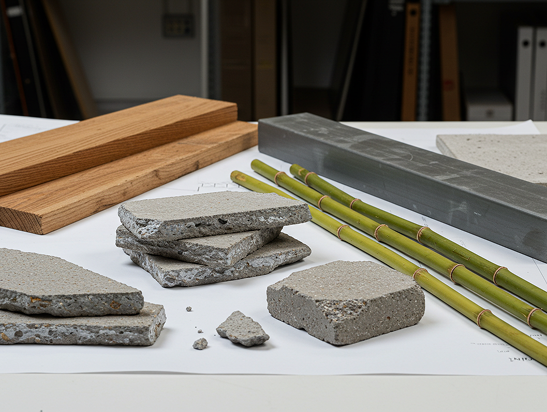Sustainable Cities of Tomorrow
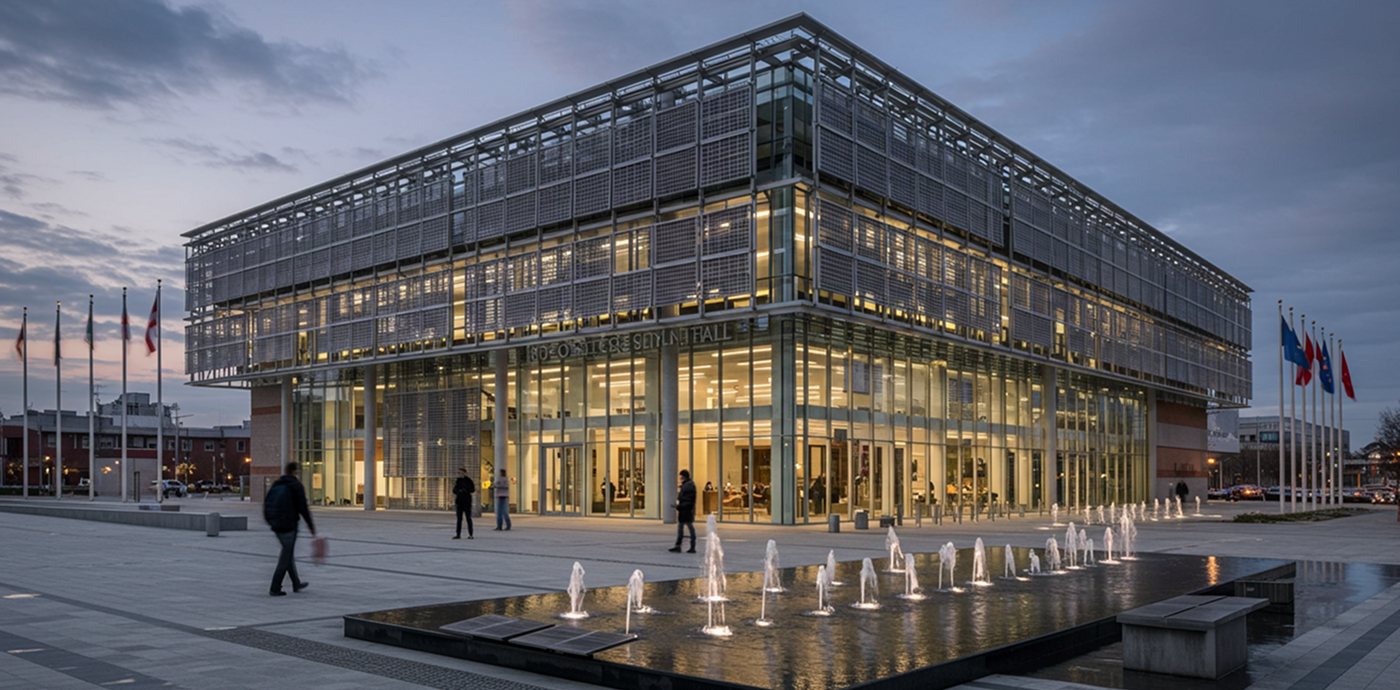
By Verda Architecture
As the world’s urban population continues to rise, cities face a defining challenge — how to grow without exhausting the planet. The future of architecture and urban design depends on finding a balance between progress and preservation, innovation and ecology.
At Verda Architecture, we believe that the cities of tomorrow will not simply be bigger — they will be smarter, greener, and more human-centered.
1. Designing for People, Not Cars
The modern city was built around vehicles. The sustainable city reclaims that space for people.
Walkable streets, cycling paths, and public plazas are the foundation of a more inclusive, livable urban experience.
Cities like Copenhagen, Amsterdam, and Singapore are leading this transformation — creating compact, connected urban systems that prioritize well-being over congestion.
At Verda, we envision urban environments where every street becomes a community, and mobility means freedom, not pollution.
2. Green Infrastructure as Urban Lungs
Sustainable cities breathe — quite literally.
Through urban forests, green roofs, and vertical gardens, architects are reintroducing nature into the built environment.
These green systems purify air, reduce heat, and create spaces of calm amidst density. Beyond aesthetics, they form part of a city’s living infrastructure — absorbing carbon, managing stormwater, and enhancing biodiversity.
3. Energy-Efficient Urban Ecosystems
Future-ready cities operate as self-sustaining ecosystems.
Through renewable energy networks, passive cooling systems, and circular waste management, they minimize environmental impact while maximizing efficiency.
Smart grids and building-integrated photovoltaics are no longer futuristic concepts — they are the framework for resilient urban living.
At Verda Architecture, we integrate energy modelling, adaptive design, and renewable technologies into every project to ensure our buildings perform in harmony with their environment.
4. Adaptive Architecture for a Changing Climate
The cities of tomorrow must be flexible — capable of evolving with shifting climates and social needs.
Modular construction, adaptable reuse, and climate-responsive design enable buildings to grow, shrink, and repurpose over time instead of being demolished.
By designing with resilience in mind, we turn architecture into a tool for regeneration rather than consumption.
5. The Human Element of Sustainability
Technology and data are powerful, but the most sustainable cities are those built around human experience.
Natural light, fresh air, community spaces, and inclusive design contribute as much to sustainability as energy metrics do.
A sustainable city is not just efficient — it’s alive: filled with culture, connection, and opportunity.
Building a Better Urban Future
The cities of tomorrow are not distant dreams; they are being designed today.
Through collaboration, innovation, and respect for the environment, we can create urban environments that sustain life — not just accommodate it.
At Verda Architecture, our vision is clear: to help shape cities that thrive in balance with the planet — where design serves both humanity and nature. 🌿



